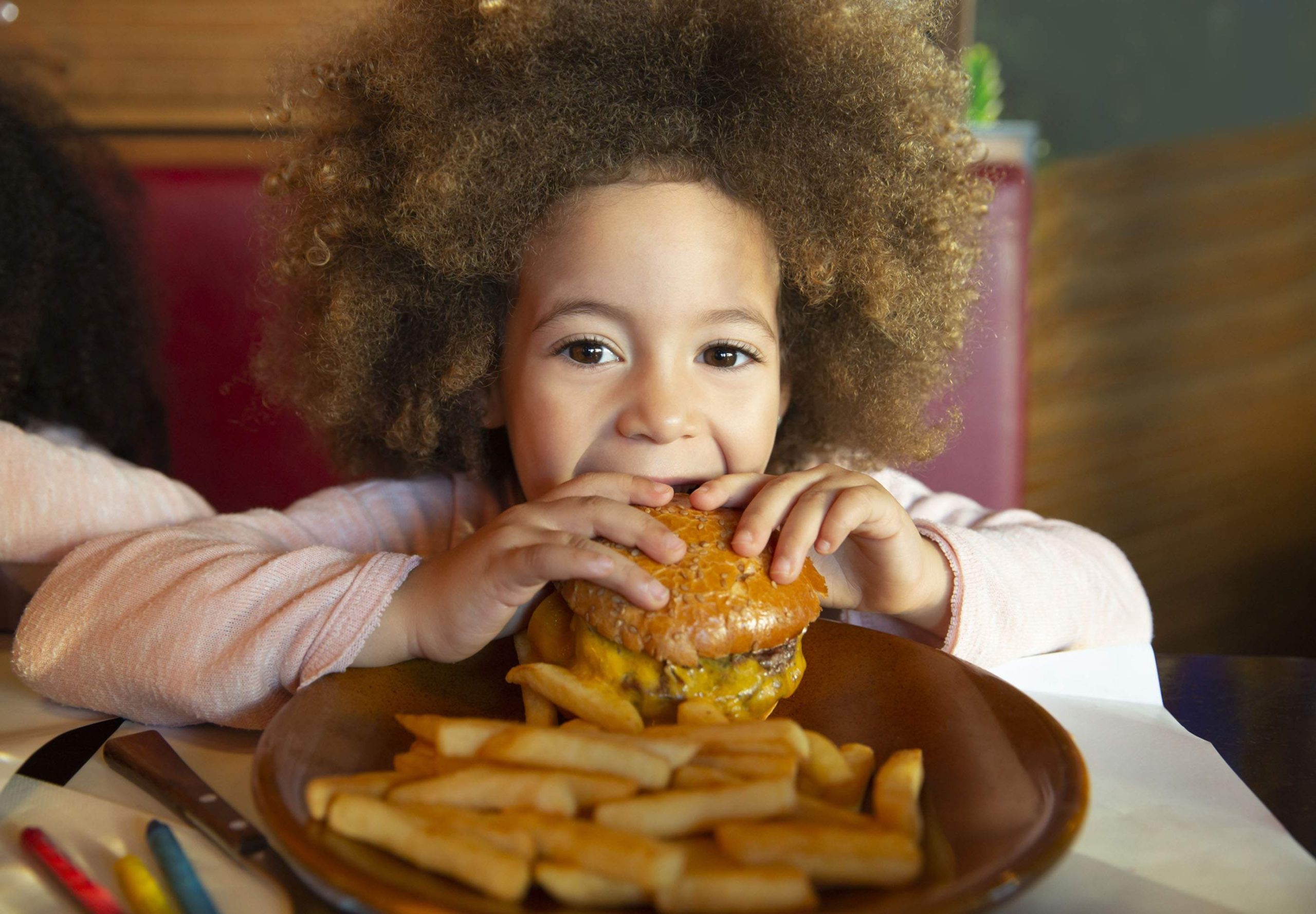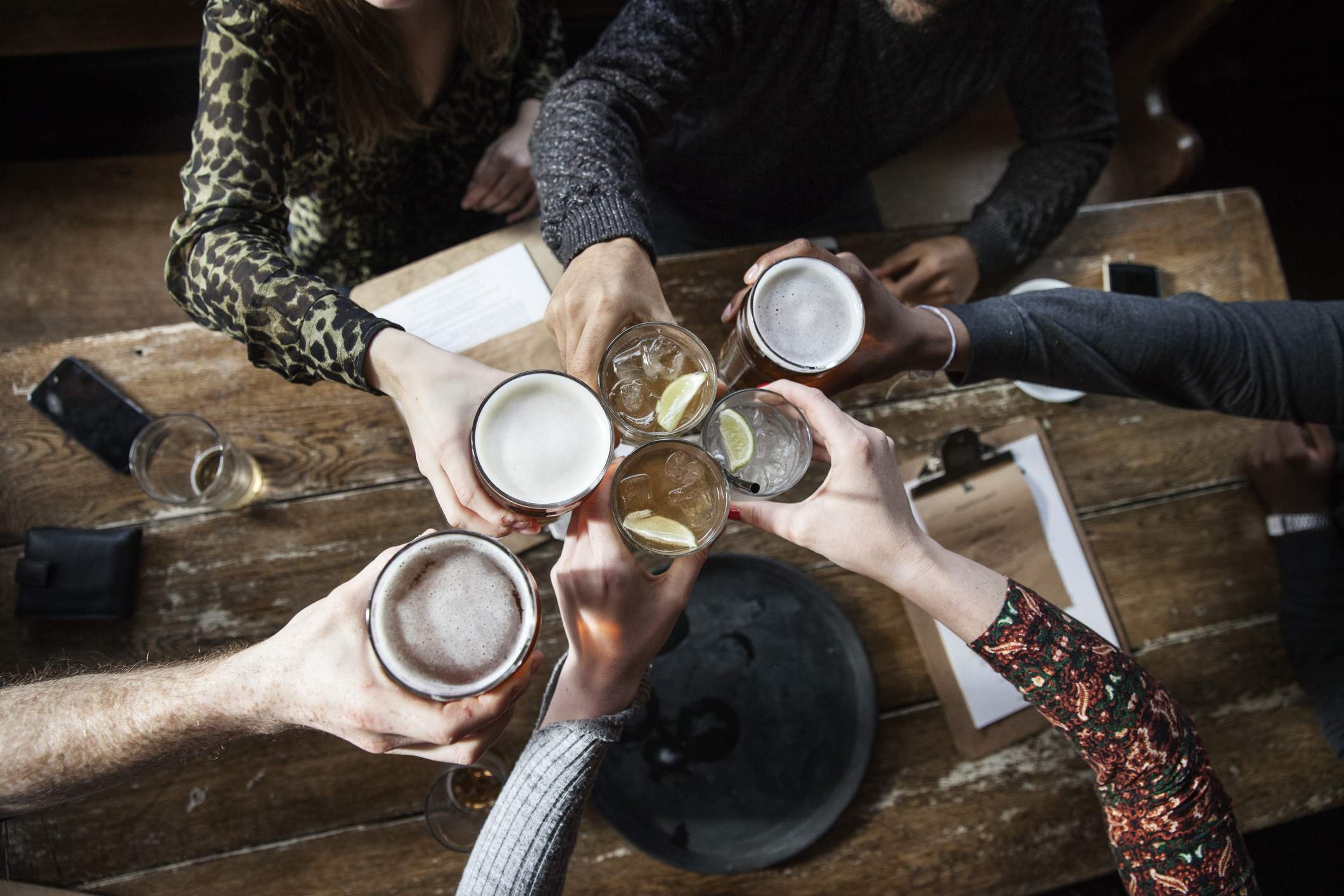In a 2021 OpenTable survey, more than half of diners said that it was important to them that restaurants implement environmentally friendly practices.* The takeaway is clear: People increasingly want to eat their values.
It’s a lot to think about when you’re just craving a pepperoni pizza or a bowl of noodles — issues around sustainability and restaurants are complex. The good news is that if you count yourself among the growing number of people who want to dine at restaurants that are doing something to combat climate change, there are some reliable resources to check. Green Dining Alliance, Surfrider, and Seafood Watch are good places to start.
Even better? Going straight to the source. “If diners start asking about and demanding these eco-friend options and practices, and not complaining about prices, then restaurants and chefs will be excited to do it,” says Jonathan Deutsch, a Drexel University professor and president of the board of the Upcycled Food Association.
Here are some easy questions for restaurants and answers to listen for that you can ask before you make your next reservation.
1. Do you offer reusable containers?
During the pandemic, takeout orders jumped by 237 percent. All those meals packed up meant a great deal more trash, especially single-use plastics. FoodPrint.org reported a 30 percent increase in residential garbage, thanks in part to the surge in food deliveries. Pre-pandemic, there was a movement toward more environmentally friendly reusable containers for takeout, but it lost ground as hypervigilance about sanitation soared.
Now the demand for reusable containers is increasing once again, and asking for them when placing orders helps make your concern clear to restaurateurs. Several fast-casual chains (such as Grainmaker in Boston) are now serving meals in reusable containers, and there are new companies on the scene, such as DeliverZero in New York City, to help restaurants make the switch.
Bottom line: Ask for reusable options every chance you get, and be willing to pay a small premium to use them.
2. How do you minimize waste?
Food waste in the United States generates more greenhouse gases than the airline industry, according to the Washington Post. Globally, there’s a trend toward zero-waste restaurants, but zero-waste hasn’t made major inroads in North America just yet.
Until zero-waste restaurants become the norm, eco-conscious diners can ask how food waste at a restaurant is minimized. That should include composting at a bare minimum.
“In the hierarchy of food recovery, there are actually two steps above composting,” says Deutsch. Chefs can upcycle food scraps into different menu items. “For example, if perfect cubes of watermelon are used in a salad, puree the odd cuts for a cocktail at the bar,” he says. Restaurants can also partner with organizations like Too Good to Go, which sells surplus food to diners at a steep discount. Unsold or extra food can also be donated to local hunger-fighting groups or even distributed to staffers whose families could benefit from free meals or groceries.
Bottom line: There are several ways for restaurants to reduce waste, and doing any of them is a step in the right direction.
3. Do you have plant-based menu options?
You don’t need to go to a fully vegan restaurant to dine out as an environmentalist — encouraging your favorite restaurants to add eco-friendly, plant-based options can show there’s a demand. Beef and dairy production alone is responsible for 34 percent of greenhouse gas emissions in the United States, according to a report published in The Economist.
“It used to be that there was a question of whether a restaurant would have any plant-based or vegan items on the menu, but — thanks to increased demand — it’s now an expectation in many places,” says Deutsch. He notes that these dishes have become increasingly sophisticated and popular not only with vegans and vegetarians, but eco-conscious omnivores, too.
Bottom line: Don’t be afraid to talk to restaurants about plant-based options and why you want them.
4. Are you plastic-neutral?
Takeout containers and packaging are, unfortunately, just a portion of the plastic that’s used in a restaurant. Restaurants also use cocktail and drinking straws, coffee stirrers, plastic wrap, bulk food packaging, beverage containers, and more.
Some restaurants and other food businesses have been getting certified as plastic-neutral in recent years. This doesn’t mean the restaurant totally eliminates every scrap of plastic. Typically they work with a third-party organization to ensure that for every pound of plastic used, another pound is removed from the environment via true recycling, waste management, or plastic offset credits.
When it comes to plastic neutrality, there is always a risk of greenwashing. There’s no regulation around the term itself or the practice of plastic offsets, but if a restaurant is making an effort in the plastics department, it’s a good sign they’re making environmentally conscious choices across the board.
Bottom line: Engaging restaurants in a discussion about plastics shows you’re paying attention to more than menu prices.
5. Do you cook with gas?
On the surface, this seems like a trick question with an obvious answer. For now, gas is all but ubiquitous in restaurant kitchens. But there are major environmental issues with this cooking method. Most obviously, gas is a fossil fuel, and extracting, transporting, and burning it pollutes the global environment. It also emits toxic fumes that are harmful to anyone breathing the air in the kitchen (especially the workers — recent research shows that in homes with a gas stove, kids increase their risk of respiratory illness by 20 percent).
In 2019, Berkeley became the first city to ban gas lines in new construction. Shortly thereafter, Brookline, Massachusetts, became the first city on the East Coast to follow suit, and now many other cities are considering similar legislation.
In new restaurant construction where these bans exist or environmental concerns guide the project, induction cooking technology — powered by electricity using powerful magnetic fields to generate heat — will eventually replace gas. It’s already in use in some of the country’s most influential restaurant kitchens, including Alinea and The French Laundry.
“In the early days, induction was cost-prohibitive, and only the Thomas Kellers of the world could even consider it,” says Deutsch. “But now the price has come down and technology is better. And it has the benefit of not burning fossil fuels right under your nose.”
Bottom line: When diners express concern about gas in the kitchen, it can help restaurants overcome their resistance to change.
*OpenTable surveyed over 21,000 diners in the U.S. and Canada on the OpenTable network between February 7, 2021 and February 15, 2021.




